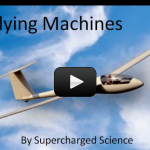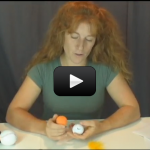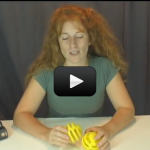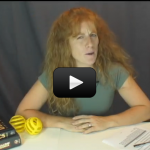Galileo was actually one of the first people to do science experiment on gravity.Galileo soon figured out that objects could be the same shape and different weights (think of a golf ball and a ping pong ball), and they will still fall the same. It was only how they interacted with the air that caused the fall rate to change. By studying ramps (and not just dropping things), he could measure how long things took to drop using not a stopwatch but a water clock (imagine having a sink that regularly dripped once per second). Let’s learn more about gravity right now.
Select a Lesson
 | Special Science Teleclass: Flying Machines This is a recording of a recent live teleclass I did with thousands of kids from all over the world. I’ve included it here so you can participate and learn, too! Soar, zoom, fly, twirl, and gyrate with these amazing hands-on classes which investigate the world of flight. Students created flying contraptions from paper airplanes … Continue reading "Special Science Teleclass: Flying Machines" |
 | Special Science Teleclass: Rocketry & Spaceflight This is a recording of a recent live teleclass I did with thousands of kids from all over the world. I've included it here so you can participate and learn, too! Blast your imagination with this super-popular class on rocketry! Kids learn about fin design, hybrid and solid-state rocketry, and how rockets make it into … Continue reading "Special Science Teleclass: Rocketry & Spaceflight" |
 | A Weighty Issue This lesson may give you a sinking sensation but don’t worry about it. It’s only because we’re talking about gravity. You can’t go anywhere without gravity. Even though we deal with gravity on a constant basis |
 | Forever Falling If I pitch a ball toward the sunset at the exact same instant that I drop another one from my other hand, which one reaches the ground first? For this experiment, you need |
 | Fast Ball You have just taken in a nice bunch of information about the wild world of gravity. This next section is for grades 9-12, who want to go even deeper. There's a lot of great stuff here but there's a lot of math as well. |
